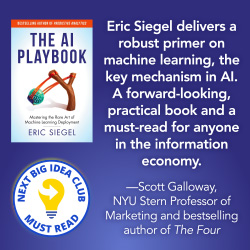Originally published in the-decoder.com, Oct 18, 2024.
Nvidia has introduced a new large language model that outperforms others in alignment benchmarks. The company achieved this through a special training procedure combining evaluation and preference models.
The new model, called Llama-3.1-Nemotron-70B-Instruct, is based on Meta’s open-source Llama 3.1 model. Nvidia optimized it to provide helpful answers to user queries by combining different training methods.
However, the results only show that the answers align better with human preferences, not that the content is necessarily more accurate. In fact, the Nemotron variant performs slightly worse than the base model on the MMLU Pro benchmark, which tests factual knowledge.
Nvidia created two new datasets for training: HelpSteer2 and HelpSteer2-Preference. HelpSteer2 contains over 20,000 prompt-response pairs. Multiple annotators rated each response on a 1-5 scale for criteria like helpfulness, correctness, and coherence. HelpSteer2-Preference adds comparisons between two answers to the same prompt. Annotators indicated which answer they preferred and how strong their preference was.







Pingback: Nvidia improves Meta’s Llama model with new training approach - revtech